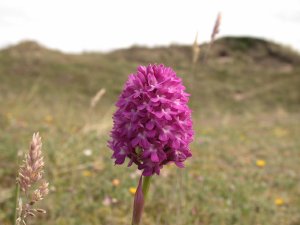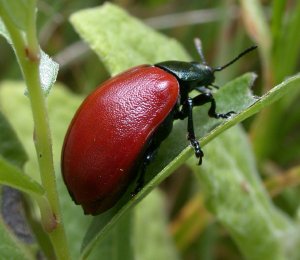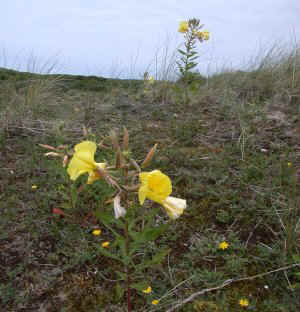Braunton Burrows -
continued
previous
| Braunton Burrows is a magical place to visit in early
July when the majority of the turf plants are flowering. .
Braunton Burrows has been expanded as a result of the recommendations of the DEFRA Biosphere reserves review. It now includes a larger section of the estuary of the rivers Taw and Torridge. This biosphere reserve extension/revision was examined in 2002 by the Advisory Committee for Biosphere Reserves and approved by the UNESCO MAB Bureau on 6-8 November 2002. They have also recommended that the enlarged reserve should have a new name. It is to be hoped that these consolidations and the review process will result in increased funding for management and interpretation of the area.
Given the extraordinary variety of native species currently making up the plant community on the Burrow, unchecked invasion by non-native species would be a tragedy, as it would reduce both the plant and animal diversity. Other management issues involved include the need for grazing by sheep and cattle to control scrub development and maintain the short turf communities. Plant species List |
||||||||
More on Braunton Burrows from UNESCO


